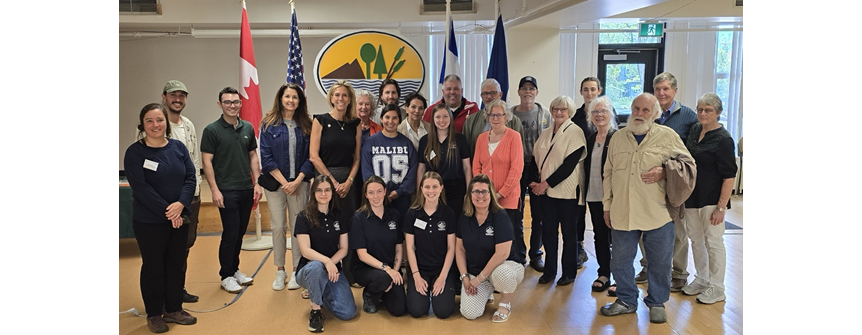Vermont's Solid Waste Conundrum - Cruise Control and a Monopoly Don't Protect Us
Enough of kicking the (trash) can down the road
With the many challenges our state government faces, there’s one challenge flying under the radar. A single corporation, Casella, has been given the keys to drive Vermont’s solid waste “tractor-trailer.” Many other state governments recognize that solid waste management is a necessary part of public utilities and infrastructure. They choose to address and manage the challenge. We choose to wash our hands of it.
We have one landfill operating in the small community of Coventry in the NEK (population around 1,000). 80% of our trash ends up there along with trash including asbestos and other “special wastes” from out of state. Effectively a multi-billion dollar corporation accountable to stockholders calls the shots. It determines the fees haulers pay and in turn what businesses and residents pay. No public service commission is in place to ensure the monopoly doesn’t unduly harm the interests of customers in the way of fair pricing in the absence of competition. How did we let this happen?
The lone landfill is far removed from the population centers where the vast majority of trash is generated. Vermont’s approach to solid waste management is designed to maximize fossil fuel consumption, maximize generation of greenhouse gasses (GHG) and maximize wear and tear of state and local roads. You have undoubtedly seen the tractor trailers plying our roads without recognizing just what those trailers are hauling. A survey done several years ago found 65 trucks coming and going to and from the landfill in just a two hour period. It was also estimated that nearly 20,000 miles are travelled daily by trucks coming from the various transfer stations just in Vermont.
Beyond the fossil fuel, GHG and road impacts, the landfill also generates leachate (aka garbage juice). The leachate contains arsenic, cadmium and an encyclopedia’s worth of PFAS (forever chemicals) among other toxins. Some of that leachate is trucked to the Montpelier waste water treatment plant (more fossil fuel, GHG and road impact) for partial processing before discharge to the Winooski River and then Lake Champlain. Some discharges enter the wetlands of the Black River which flows into Lake Memphremagog -a public water supply for 175,000 Canadians. ANR did halt the dumping of partially processed leachate into Lake Memphremagog for now, but that is not a permanent halt. It is worth noting that Memphremagog hosts a population of catfish where some 40% of the fish sampled show malignant melanomas. Memphremagog is the only lake in Vermont to have such affected fish. The cause of the melanomas remains unknown, however researchers have found these cancerous fish only in environmentally contaminated waters.
Alternate landfill sites that are hydro-geologically secure have been identified by the state yet no work is currently being done to bring them online. We are on cruise control knowing the Coventry landfill will reach capacity in some 20 years. What is our Plan B and why have we not begun work on opening a site closer to where the trash is generated and away from a precious water resource? Surely Casella Corporation has a plan b in hand. Why are we not in open discussion about that?
Vermont is operating on the basis of the magical trash bin…put your trash in the bin at night and in the morning it will magically be gone! Voila! Problem solved! We are living in a bubble subject to a monopoly, trusting that public interests will be fully protected by Vermont’s Agency of Natural Resources. To date, that trust has been broken as evidenced by the current Rube Goldberg approach to managing our trash and the toxic trash sent to us from out of state as well as the trucking of leachate to Montpelier. This state should set the gold standard, instead we are a throwback to a time long past.
Enough of kicking the (trash) can down the road. Out of sight, out of mind should not be the basis of Vermont’s public policy.
Effie Brown, Derby
Teresa Gerade, Newport
S. Christopher Jacobs, Albany
Polly Jones, Manchester and Derby
Pam Ladds, Newport
Ann Lembo, Albany
Walter Medwid, Derby
Gillian Staniforth, Derby


